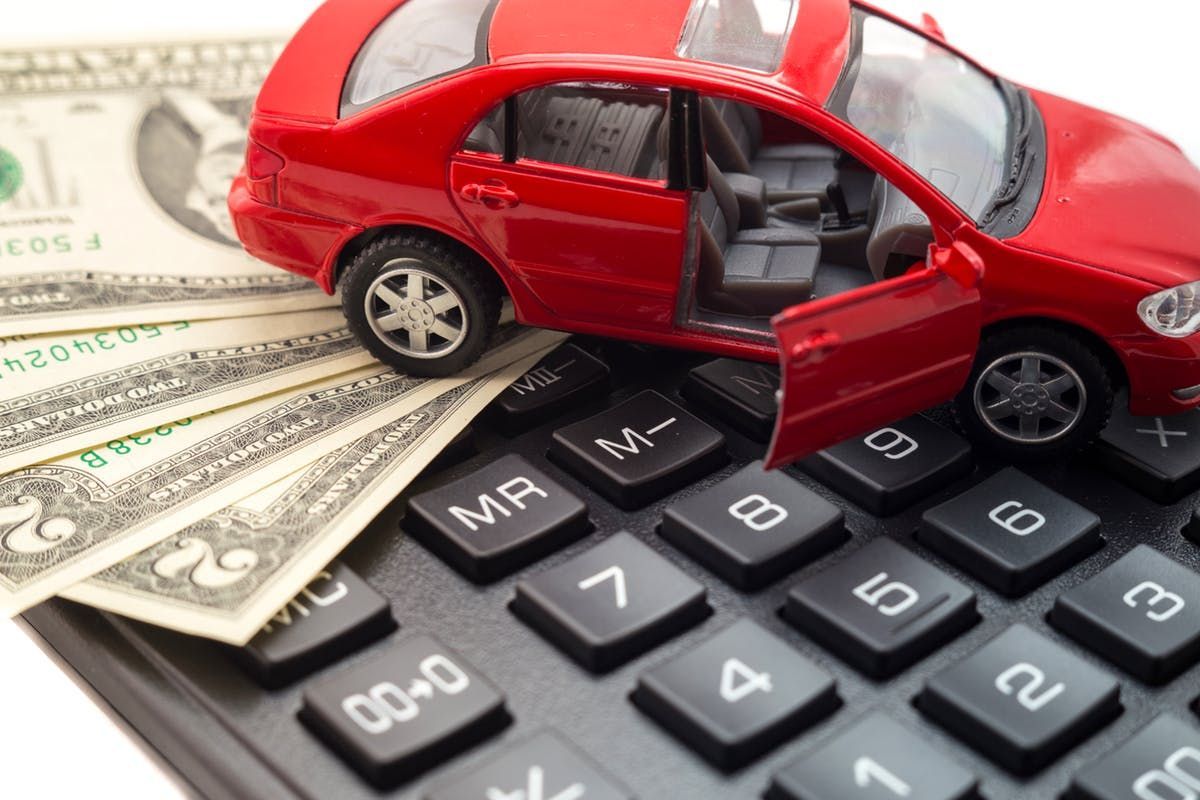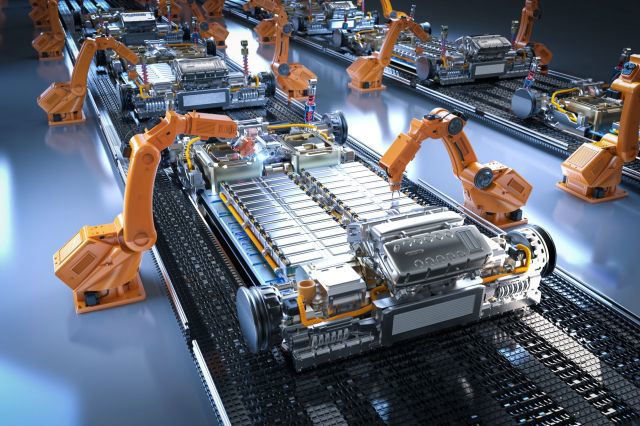Electric Vehicles Cost: 7 Key Factors That Decide Price and Savings
1. Introduction: Why Electric Vehicles Cost Matters in Today’s World If you look around today, it feels like every conversation about the future of cars leads to electric vehicles (EVs). Whether it’s in the classroom, on social media, or in the news, EVs are presented as the clean, smart, and sustainable solution to transportation. But there’s one big question that everyone asks before making a switch: What about the cost? When we talk about electric vehicles cost, we don’t just mean the price tag of the car or scooter. We’re talking about everything — the purchase price, the EV running cost per km, the maintenance expenses, the battery replacement, and even the government subsidies that make them more affordable . For a student like me, and even for families or professionals, cost plays the biggest role in whether EVs feel like a practical choice. The world is moving fast toward electric mobility. According to the International Energy Agency (IEA), 14 million electric cars were sold globally in 2023, and this number is expected to rise by 35% in 2024 . India is also catching up, with EV adoption growing in cities like Delhi, Bangalore, and Mumbai. But even with this growth, people hesitate because they’re not sure if EVs are really cheaper in the long run. Think about it. When you’re about to spend a few lakhs on a vehicle, you want to know: This blog will break down the 7 key factors that decide electric vehicles cost and savings. I’ll keep it simple and relatable, with examples, comparisons, and real-world numbers so you can see for yourself whether EVs are worth it. 2. Factor 1: Purchase Price of Electric Vehicles The first thing that makes people pause before buying an EV is the purchase price. Let’s face it — EVs are still more expensive than petrol and diesel cars when you look at the sticker price. For example, in India: That’s almost a difference of ₹5–7 lakh, which is not small at all for a middle-class family or a student. Why are EVs Expensive Upfront? The main reason is the battery. The electric vehicles battery is the most expensive component, often making up 30–40% of the total cost. Since battery technology is still developing and raw materials like lithium are costly, EVs naturally have a higher starting price. Student Perspective As a student, this feels like the biggest barrier. If I want to buy an EV scooter to commute to college, even that costs more upfront compared to a petrol bike. For instance, an Ola S1 Pro electric scooter costs around ₹1.4 lakh, while a petrol scooter like Honda Activa costs about ₹80,000. That extra ₹60,000 can feel like a lot when you’re on a student budget. But here’s the catch — even though the purchase price of electric vehicles is higher, the long-term savings often balance things out. And that’s where the next factor comes in. 3. Factor 2: EV Running Cost per Km One of the biggest advantages of electric vehicles in India is their low running cost per kilometer compared to petrol or diesel vehicles. For many consumers and fleet operators, this is a key deciding factor when switching to EVs. 1. Electricity vs Fuel Costs The primary cost of running an electric vehicle is electricity, which is significantly cheaper than petrol or diesel in India. On average: A typical electric car consumes about 15–20 kWh per 100 km, which translates to a running cost of around ₹10–₹15 per km. In comparison, a petrol car with mileage of 15 km/l at ₹115 per litre costs around ₹7–₹8 per km, but electric vehicles still save money over time due to lower maintenance and efficiency. For two-wheelers, the difference is even more pronounced. A petrol scooter costs around ₹5–₹6 per km, while an electric scooter may cost only ₹1–₹2 per km to run. 2. Maintenance Savings Electric vehicles in India have fewer moving parts than conventional vehicles. They do not have components like: This simplicity reduces maintenance costs by 30–50% on average. Over 5 years, this can save thousands of rupees per vehicle. 3. Battery Efficiency and Cost per Km Battery efficiency affects running cost. A high-efficiency battery ensures that more kilometers are covered per unit of electricity consumed. For example: As battery technology improves and prices drop, the effective running cost per km for EVs in India will continue to decrease. 4. Charging Patterns and Cost Management The cost per km can vary depending on where and when you charge: Consumers in India can save money by planning charging during off-peak hours or using renewable energy solutions like rooftop solar panels. 5. Real-World Examples These examples show that electric vehicles in India offer significant savings over their lifetime, making them an attractive option for both individual buyers and commercial fleet operators. 6. Long-Term Financial Benefits Businesses like delivery and ride-sharing fleets save a large percentage of operational costs by using electric vehicles in India. Lower running cost per km means faster break-even on initial investment. EVs are ideal for city commuters who travel 50–100 km daily, as the savings accumulate quickly. What is EV Running Cost per Km? It basically means how much it costs you to drive one kilometer. For fuel cars, you calculate it by dividing the cost of petrol/diesel by the mileage. For EVs, it’s electricity cost divided by the distance you get per charge. Real-World Example (India) That’s almost 8 times cheaper! For scooters, it’s even better: 👉 This shows why the EV running cost per km makes such a huge difference. Student Perspective For a student who commutes 20 km daily, the yearly fuel cost for a petrol scooter can be ₹15,000–20,000. With an EV scooter, it can be as low as ₹2,500. That’s money saved for books, outings, or even savings for the future. This is where EVs start making sense. Even if the electric vehicles cost more at the time of purchase, the running cost advantage slowly pays back


